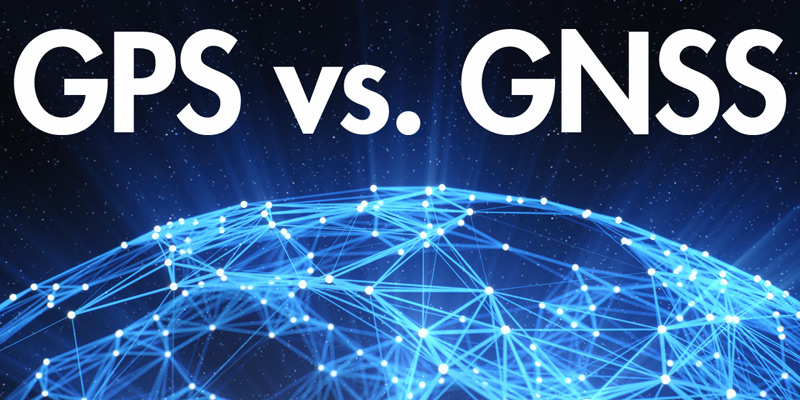The Difference Between GPS and GNSS

GPS (Global Positioning System) and GNSS (Global Navigation Satellite System) are related but distinct terms referring to satellite-based navigation systems. Here are the key differences between GPS and GNSS:
-
Definition:
- GPS specifically refers to the satellite navigation system developed and operated by the United States Department of Defense. It consists of a constellation of satellites transmitting signals used for positioning, navigation, and timing purposes.
- GNSS, on the other hand, is a broader term that encompasses multiple satellite navigation systems from different countries and organizations. It includes not only GPS but also other global navigation satellite systems such as GLONASS (Russia), Galileo (European Union), BeiDou (China), and NavIC (India).
-
Coverage:
- GPS is primarily operated by the United States and provides global coverage, meaning it offers positioning and navigation services worldwide.
- GNSS, by definition, refers to a collection of multiple satellite navigation systems operated by different countries or organizations. Each GNSS system may have its own coverage area, but when combined, they provide global coverage similar to GPS.
-
Number of Satellites:
- GPS originally consisted of 24 satellites in its constellation, with additional backup satellites. Over time, the number of operational GPS satellites may vary due to launches, replacements, and decommissions.
- GNSS encompasses multiple satellite navigation systems, each with its own constellation of satellites. For example, GLONASS has its own set of satellites, as does Galileo, BeiDou, and others. When combined, the GNSS constellations provide redundancy and improved coverage compared to GPS alone.
-
Interoperability:
- GPS receivers are designed primarily to receive and process signals from the GPS satellite constellation. However, many modern GPS receivers are also capable of receiving signals from other GNSS constellations, providing users with increased availability and accuracy.
- GNSS receivers are designed to be compatible with multiple satellite navigation systems, allowing them to receive signals from various GNSS constellations simultaneously. This interoperability enhances positioning accuracy and reliability, especially in challenging environments.
In summary, while GPS specifically refers to the satellite navigation system operated by the United States, GNSS is a more inclusive term that encompasses multiple satellite navigation systems from different countries and organizations. GNSS provides global coverage and interoperability between different satellite constellations, offering users increased accuracy, availability, and reliability for positioning and navigation applications.
Thank you,
